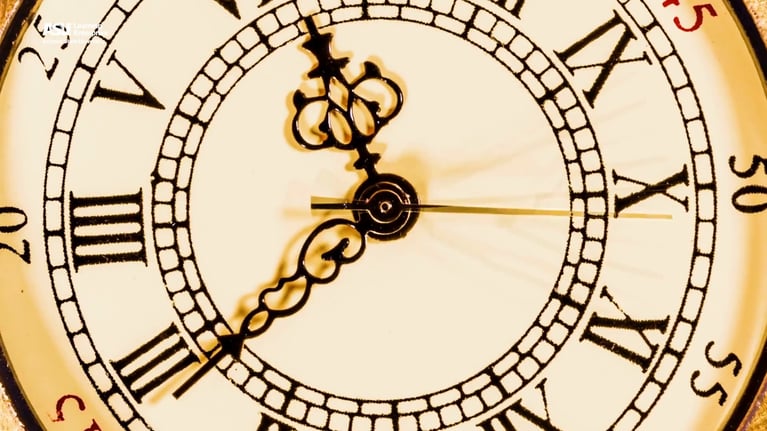Behavioral economics offers insights into irrational decision-making and cognitive biases that can be used to nudge behaviors. However, this approach is effective only for specific and discrete behaviors. Complex design problems require reframing and addressing interconnected behaviors. Designers also need to change organizational and sociotechnical behaviors. While behavioral economics can inform design, it should not solely drive the process. Other theories and approaches like systems thinking, service design, and design futures offer better frameworks for changing behaviors at various levels.
Everything we design changes something. If we design a building, that building is going to change the way people use the space. If we design social media technology, that technology is going to change how people communicate. Yet, designers have very limited ability to understand and anticipate change.
Behavioral theories would seem to be a powerful theory to help designers consider change intentionally. Behavioral economics appears to provide principles to help practitioners design for intentional change. This theory shows that people make everyday decisions unconsciously and irrationally. For example, when people get a snack in the grocery store, they perform irrational behaviors without consciously considering their health. Certain cognitive biases such as the available default options in the cashier or social norms when hanging out with friends influence their decisions.
Designers already use cognitive biases to nudge people to perform some behaviors. Graphic content nudges people to avoid smoking. Etched flies in urinals nudge men to perform cleaner behaviors. Default checkboxes increase digital subscribers to undesirable information. More visually available products nudge people to eat unhealthy candy. Framing prices with social norms increases sales and profits. Reminders for inattention nudge people to perform safer behaviors.
These examples show the power of behavioral economics to design for intentional behavior change. However, this theory only works when you are designing for very specific and discrete behaviors. Designing with behavioral economics requires designers to identify a target behavior. Then, designers identify a cognitive bias that could help to change the behavior.
Designing for complex wicked problems requires a different approach. Design situations related to complex issues of public health, service experiences, community education, sustainability, and more don’t allow for identifying a discrete behavior. Consider, for example, designing a building, a technology, or a service to help people lose weight and be healthier. In this scenario, people perform hundreds of behaviors every day. Behavioral economics theory falls short of helping designers create something that can change such interconnected complexity of behaviors.
In these situations, the designers engage in reframing and framing the problem rather than identifying a single behavior.
Additionally, in complex situations, designers not only need to change human behaviors but also to change the behaviors of organizations and complex sociotechnical systems. Behavioral economics could be a powerful theory for some discrete design situations. However, for most design situations behavioral economics can inform designers but should not drive the design process. Applied behavioral economics is a linear and prescriptive practice while design is a nonlinear and iterative practice. For the increasingly complex design situations, other theories and approaches to design such as systems thinking, service design, design futures would provide better frameworks for designers to change the behaviors of people, organizations and systems.


